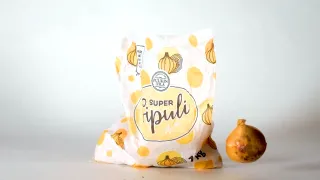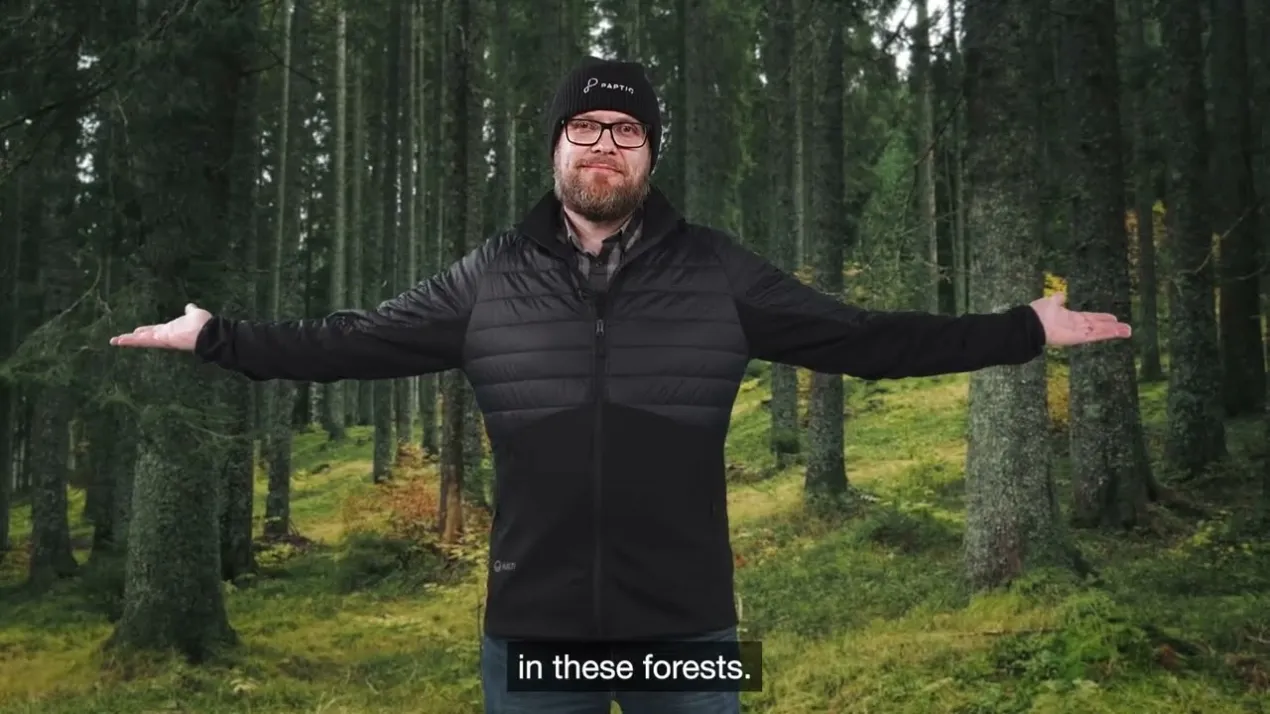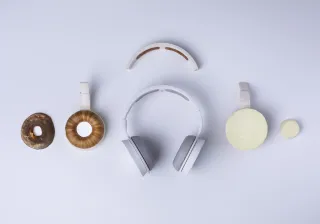Paptic, a Finnish technology growth company, has developed a truly recyclable replacement for plastic. Paptic’s innovative packaging material, made of renewable wood fibres, acts like plastic in converting processes and can be recycled together with cardboard and packaging paper. The company, spun off from VTT, is a pioneer in the fight against plastic waste pollution and is determined to build a more sustainable future.
Today, plastic has found its way into every aspect of our lives. Most of us purchase something wrapped in plastic each day.
That is why, according to Paptic, packaging plays such a vital role in the battle against plastic waste.
“The packaging industry has grown into a multi-billion market, and plastic is being manufactured and used at a massive scale. Plastic’s end-of-life management, however, has not kept the pace,” explains Tuomas Mustonen, the Chief Executive Officer and Co-Founder of Paptic.
“To combat the global plastic waste crisis, we need better packaging solutions.”
Paptic: quality and responsibility wrapped into one
Paptic’s solution to the plastic waste problem is their unique flexible packaging material.
“Our Paptic material works like plastic in converting processes but is made from renewable fibres and is recyclable at the end of its lifecycle,” Mustonen explains.
Recyclability at scale is Paptic’s foremost environmental advantage, setting it apart from, for example, bioplastics, which can be even harder to recycle than oil-based plastics.
“Because Paptic is made of sustainably sourced wood fibres, it can be recycled together with cardboard and packaging paper – making it the perfect circular economy solution,” says Mustonen. “The infrastructure for collection, sorting and recycling fibre-based materials already exists in most countries. That makes Paptic recyclable at scale globally.”
In addition to sustainability, aesthetic appeal was a significant consideration for Paptic.
Mustonen explains: “Responsible, durable packaging no longer has to mean rough jute bags. We wanted to combine sustainability with quality and create a material that also looks and feels nice.”
The end result is a distinct texture that is soft to the touch. It’s just like fabric – but without the harmful environmental impacts.
Rethinking paper
Paptic’s story can be traced back to 2015 when its founders Tuomas Mustonen, Esa Torniainen and Karita Kinnunen-Raudaskoski worked at VTT. Talking to some of the world’s leading sustainable brands, they grasped the urgent need for a radical material innovation to offer an alternative to plastic. And they wanted to be the ones to meet this need.
“We saw a real opportunity to make a difference. So, over coffee, we began thinking of ways to redesign paper so that it would function like plastic. Luckily, VTT’s technology portfolio contained just the right innovations to achieve that,” recaps Mustonen.
Once they had the right technology, rethink paper is precisely what they did.
Mustonen explains: “We realized that when it comes to bags, for instance, the characteristics of paper are not designed for the intended use. Even though the tensile strength of paper is many times stronger than that of plastic, plastic bags are better able to withstand loads. What we did was redesign the properties of paper. By focusing on flexibility and resistance to tearing, we created the perfect solution for flexible packaging.”
From a revolutionary idea to a game-changing business
Paptic soon learned that their fibre-based replacement for plastic was a sought-after solution.
“We realised we had something special on our hands after one of our first meetings. It was with the marketing director of the Finnish textile retailer chain Seppälä, and it was a tentative pitch of our material solution. However, at the end of the meeting, the marketing director asked us when we could deliver two million bags to them,” Mustonen laughs.
“So, we hit the ground running. In late April 2015, the company was launched, and in June 2016, our first bags were already in Seppälä stores. In between, we built a pilot plant and developed and tested the product in the process chain.”
Fortunately, Mustonen and his co-founders didn’t have to do it all alone. As a spin-off from VTT, they had the support and resources of one of the world’s leading research organisations behind them.
“None of us had started a company before. Luckily, VTT gave us a framework and helped us with sparring every step of the way. We are very grateful for all the help we received,” says Mustonen. “And I think now, less than ten years later, we officially qualify as a growth company.”
“When we launched, our target was to reach a million in turnover. In 2022, we reached 10 million. Next, we are targeting 100 million in turnover by 2026. And the plan is to keep it going from there.”
A deep desire to make a difference
Paptic has a clear mission: to build a more sustainable future and protect our planet. The way the company sees it, they are obliged by awareness. Knowledge necessitates action.
“The planet has no money. That is why we are creating impact through business,” Mustonen explains. “The people at Paptic are a diverse bunch. Our expertise ranges from engineering to fibre products to the chemistry of papermaking. The common thread that runs through all of us is the desire to make a difference.”
“We recognise that plastic is a great material when used in the correct applications, and when it ends up in the right place at its end of life. Often, however, this is not the case,” Mustonen continues.
“That is why we want to replace plastic in applications where it’s not needed. And by doing so, we are creating a positive impact on the planet.”







